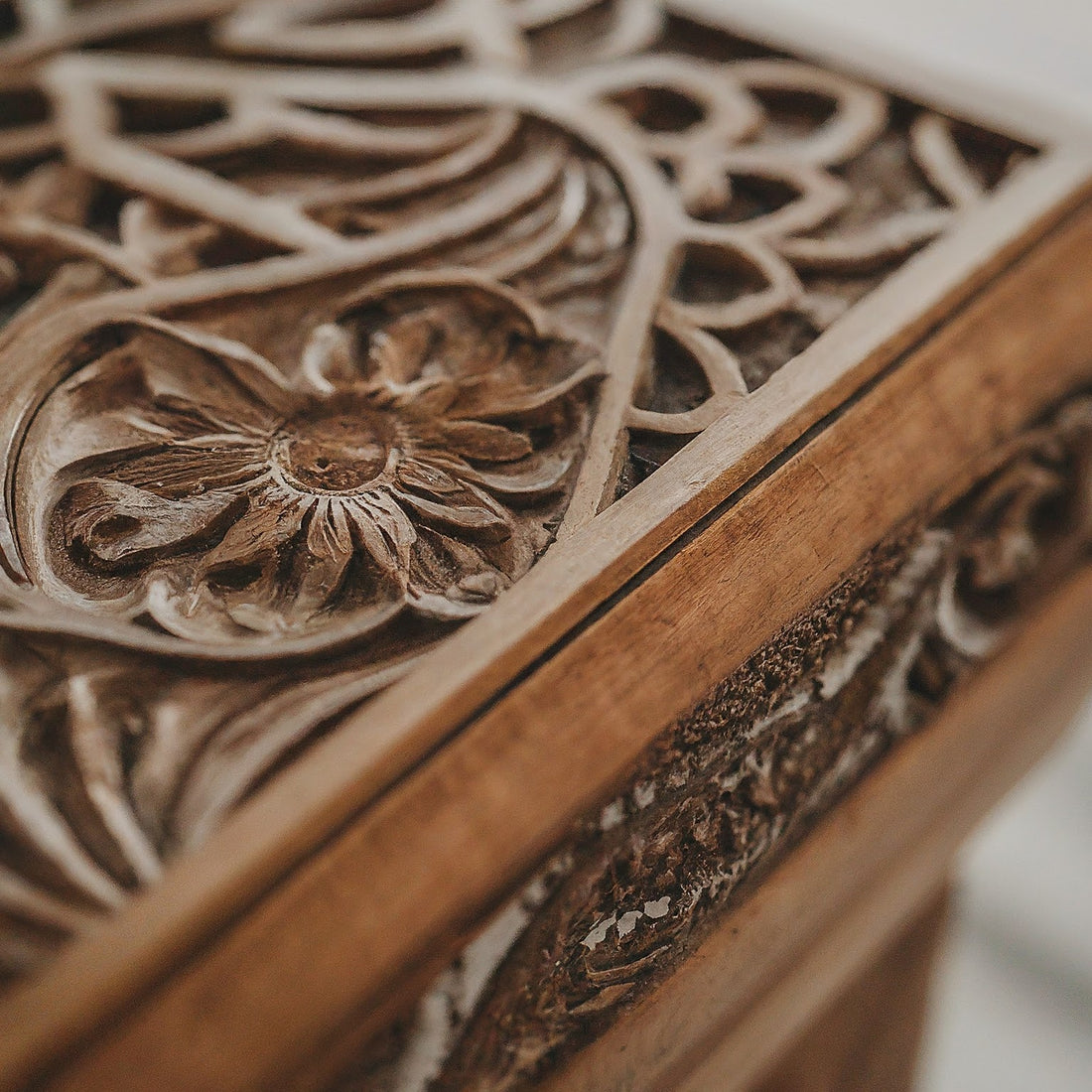
Old School Meets New Cool: The Modern Woodworker
Woodworking, a craft as old as humanity itself, has seen a renaissance in recent years. What was once primarily a utilitarian skill has evolved into a sophisticated art form, blending the wisdom of centuries with the cutting-edge tools and techniques of today.
The Timeless Appeal of Traditional Techniques
At the heart of every great piece of woodwork lies a deep respect for tradition. Techniques honed over generations, from hand-planing to dovetail joinery, form the bedrock of the craft. These methods offer a unique connection to the material,allowing the woodworker to develop a deep understanding of its properties and behavior.
• Hand Tool Mastery: While power tools have their place, the precision and tactile experience of hand tools remain unparalleled. Chisels, planes, and saws, when wielded with skill, produce work that is both functional and beautiful.
• Joinery Techniques: Dovetails, mortise and tenon, and lap joints are the workhorses of woodworking. These joints are not merely functional; they are also aesthetic elements that contribute to the overall character of a piece.
• Shaping and Finishing: Techniques like hand-carving, scraping, and sanding create surfaces that are both smooth and imbued with a sense of human touch. Traditional finishes, such as oil and wax, enhance the wood's natural beauty while providing protection.
The Power of Modern Technology
While tradition provides the foundation, modern technology has significantly expanded the woodworker's toolkit. From design software to CNC machines, these tools offer unparalleled precision and efficiency.
• Design and Visualization: Computer-aided design (CAD) software allows woodworkers to experiment with different designs, visualize the finished product, and create detailed plans. This technology is particularly useful for complex projects or when working with intricate joinery.
• Precision Cutting: Laser cutters and CNC routers can produce incredibly accurate cuts and shapes, freeing up the woodworker to focus on the more creative aspects of the project. These tools are also invaluable for creating intricate patterns and designs.
• Material Enhancement: Technology has also led to advancements in wood treatment and finishing. Wood stabilizers, for example, can improve the durability of porous woods, while new finishes offer a wider range of effects and properties.
A Harmonious Blend
The most compelling woodworking today emerges from a seamless integration of traditional and modern techniques. This approach allows woodworkers to harness the best of both worlds, creating pieces that are both technically proficient and aesthetically pleasing.
• Hybrid Techniques: Combining hand-cut dovetails with CNC-machined components, for instance, can result in a piece that is both strong and visually striking.
• Digital Fabrication and Hand Finishing: Using a CNC machine to create the basic shape of a piece, followed by hand-finishing to refine the details, is a common approach.
• Material Exploration: Modern technology allows woodworkers to experiment with new materials and techniques.For example, combining wood with other materials like metal or glass can create unexpected and visually interesting pieces.
The Future of Woodworking
The future of woodworking is bright, with endless possibilities for innovation and creativity. As technology continues to evolve, we can expect to see even more exciting developments in the field. However, it is essential that the core principles of traditional craftsmanship are preserved. By maintaining a deep connection to the material and a respect for the history of the craft, woodworkers can ensure that their work remains relevant and inspiring for generations to come. Whether it's a hand-carved wooden spoon or a CNC-machined sculptural piece, the heart of woodworking lies in the skilled hands of the craftsperson.
1 comment
Awesome!!!